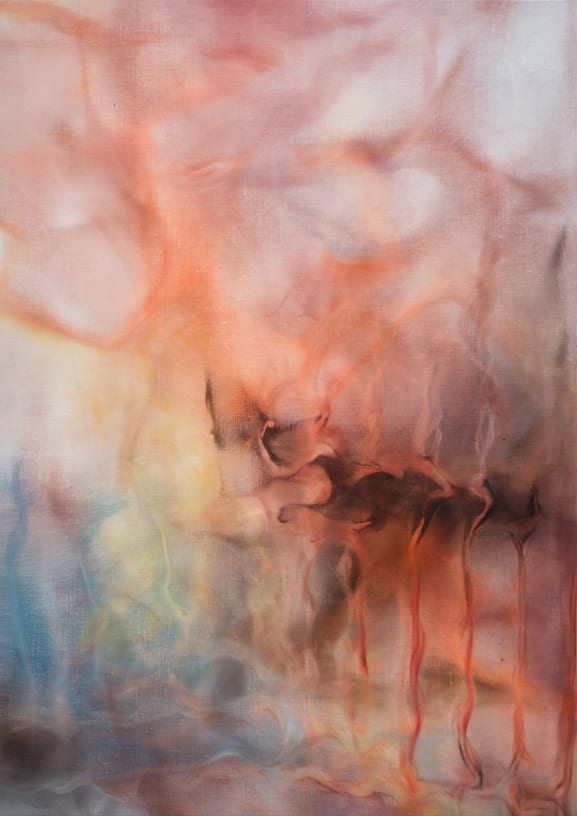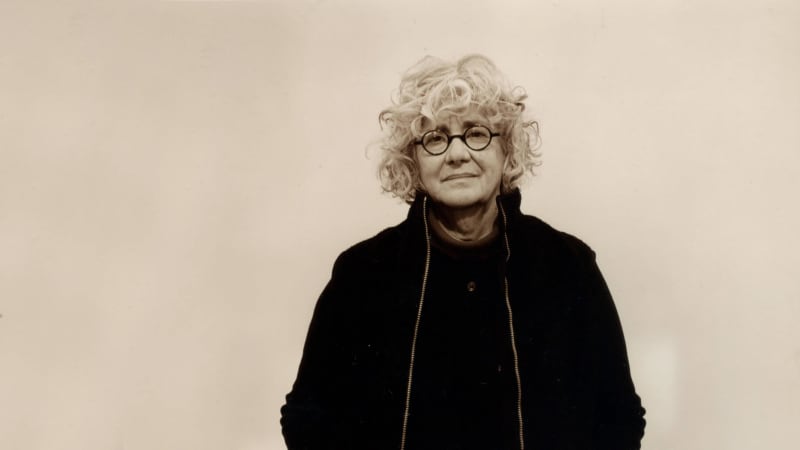

Markus Sixay MARKUS SIXAY
Overview
Sixay's sculptures, installations and pictures based on Duchamp's ready-made show him to be a precise observer of social phenomena and a subtle connoisseur of the art business.
We take pleasure in announcing the first solo exhibition in Austria by Markus Sixay, who lives in Berlin.
"A first impression is that Markus Sixay's artistic strategies are reminiscent of the conceptual art of the 1960s and '70s, where art - to put it simply - tried to obliterate completely the boundaries between art and everyday life, between the work of art and everyday material, and the artist's concept was elevated to being the content. But a second look at his work reveals that it has expanded beyond this flirtation to become a kind of archival reflection on cultural phenomena and events of our own time. Sixay's works do not tend towards immaterialisation; rather, culture itself appears, in all its dynamic forms and sometimes decadent excrescences, as the true and manifest material of his artistic work" (Udo Kittelmann).
Sixay's sculptures, installations and pictures based on Duchamp's ready-made show him to be a precise observer of social phenomena and a subtle connoisseur of the art business. Over and above the aspect of conceptual and institutional criticism, his works display great poetic quality and a Dadaist humour which, however, cannot conceal a serious undertone. As Jennifer Allen remarks in a review (ArtForum, June 2003): "Sixay's sculptures and drawings, however celebratory and cheeky, always carry a melancholic undertone reminiscent of J.J. de Grandville's scenarios of industrialized paradise."
In the Annex of the Salzburg Galerie Thaddaeus Ropac, Sixay presents 13 new works whose titles describe their appearance - such as A camouflaged wardrobe that sounds like an elevator, A barrel with a mixture of white colour and diamonddust that was knocked over by the cleaning lady, A Telephone that is called by the artist every once in a while, A rubickscube that was twisted 666 times, A video of the earth upside down and moving the wrong direction, etc.
Markus Sixay (b 1974) studied at the Städelschule/Frankfurt, the École des Beaux-Arts/Paris and the Cooper Union/New York. A solo exhibition in the Bonn Kunstverein in 2002 brought him to wide public notice. He subsequently participated in major group exhibitions in the Museum of Modern Art/Frankfurt am Main, Museum Morsbroich (Talking Pieces, 2003), CRAC Alsace (Coup de Cœur III, 2005), ZKM Karlsruhe (Faster! Bigger! Better!, 2006) and Museum Ludwig/Cologne (Das Achte Feld, 2006). In 2005 and 2007 solo exhibitions of Sixay's work were held in the Nuremberg Kunsthalle and the Kunstverein Ruhr/Essen.








































































































































































